It is nearly a year on since Theresa May triggered article 50 to signal the UK’s withdrawal from the EU. Yet the uncertainty for farmers is no closer to be being resolved as 2018 gets underway. However, for Craig Malone and Katreen Malone, two new young entrants to farming, uncertainty has so far been their only certainty.
Partners Craig and Katreen are currently halfway through their 10-year tenancy on a forestry commission start-up farm at Pitcairn, just outside Lochgelly in Fife, which cannot be renewed.
The 250 acres became available in 2012 and the couple have used it as a platform to grow their heifer breeding enterprise, as well as establishing a 530-head ewe flock.
“We’re young entrants to farming, so getting this tenancy was a massive step for us,” says Craig. “Our initial plan was always to make it to five years and then we’d re-evaluate from there. To date, we’ve been quite happy with how things have gone.”
Being young entrants has meant they have adopted a somewhat unusual management strategy when it comes to their cattle.
How cash became king
One of the herds main priorities in its infancy has been to maximise cashflow and to avoid tying capital up in breeding stock.
Young breeding heifers, aged between 12 and 18 months, are bought at local marts before being bred to calve at two and a half to three years old.
These animals are then sold with calves at foot at United Auctions and Caledonian Marts in Stirling, when the calves are two to three months old. In 2017, Pitcairn branched out and now also sells stock through Thainstone and Carlisle Marts.
Craig elaborates further on how the system works: “Generally, we keep 150 heifers on the farm at any one point. These will be sold in two batches of roughly 70, at May spring sales and September autumn sales. This spring 32 of them sold for an average of £3,150.”
The system developed due to the limited access to finance that Craig had when he first started breeding cattle. The short turnaround in the heifers allowed him to increase his cashflow quicker than if he had invested in a herd of cows.
“It’s taken a while to get the system right, but I think we have a fairly good handle on it now,” admits Craig. “The key is in the timing and in the quality of the animals.”
The heifer Craig and Katreen look for is a Limousin Blue cross, with a small batch of Simmentals purchased for selling at Thainstone.
“The heifers have to be feminine, naturally fleshed, square and wide, with good legs. They are then bred to a Limousin bull to hopefully produce a well-balanced animal and calf that will go on and do well for the next man,” says Katreen, who works full time at Cameron and Greig Vets , Milnathort a mixed veterinary practice.
The sheep enterprise was also started to ensure a steady influx of cash throughout the summer and winter months, compared with sales of the heifers and calves in May, September and October.
Katreen says: “We buy in Blackie ewes as drafts, along with a small number of gimmers, and these are then crossed to a Blue Faced Leicester tup to produce mule lambs. We sold over 350 ewe lambs in August and September and they averaged £100.”
The wedder lambs are sold directly to ScotBeef, Bridge of Allan. All homebred lambs are sold off the farm by November and this year have been followed by 1,000 store lambs that are currently on several wintering lets.
Pitcairn has undergone one major change since Craig and Katreen began their tenancy. Having previously been an all arable unit, in the last four years it has been fully transformed into grassland one.
“The cereals were not adding up, as we had to get contractors in to do all the work.
“We try to keep machinery at Pitcairn to a bare minimum, as it is the first thing to depreciate in value.”
The farm now buys in all its barley and straw, while still growing its own baled silage for winter feed.
Reseeding the farm has been a key part of both the cattle and sheep enterprises, as high-quality feed is required throughout the summer.
“You cannot beat good, clean, young grass for making your stock thrive and grow,” says Craig.
Breeding is the other crucial part of the system that needs to be at its optimum in order to maximise revenue. The farm utilises AI, as well as owning one bull and sharing another with a neighbouring farm to mop up any late breeders.
Using AI allows the farm to keep calving difficulty to a minimum by using easy-calved bulls on the more muscular-type heifers. The added benefit is that if a high rate of conception is achieved on the first round, then a large majority of calves are born at the same time. The stock bulls will then be used to sweep up after AI.
“Having that target sale date,” Katreen explains, “of a two to three-month-old calf means we need a very specific calving window and this allows us to put a plan in place. The more calves that are born at the same time the better, as it means calves aren’t sold too weak or too strong and we can manage them as one group.”
While many farms will be relieved to hear subsubsidies are guaranteed until 2024, a subsidy is something Pitcairn has had to manage without up until last year.
“I mean, getting the subsidy was a tremendous help, but we had to set the farm up to be able to run without one. “That was challenging and the last four years have been challenging, but we have learned so much along the way,” says Katreen.
As most new entrants will attest, and Craig and Katreen agree, the key to success is optimism and hard work.
“For any new entrant we would say to just keep it simple.
“We have a system in place and we know what animals we need to fit that system. The massive thing coming down the line for every farmer is Brexit.
“We try to be as optimistic as we can be about everything and Brexit is no different.
“Hopefully, it might provide some opportunities for young farmers.”

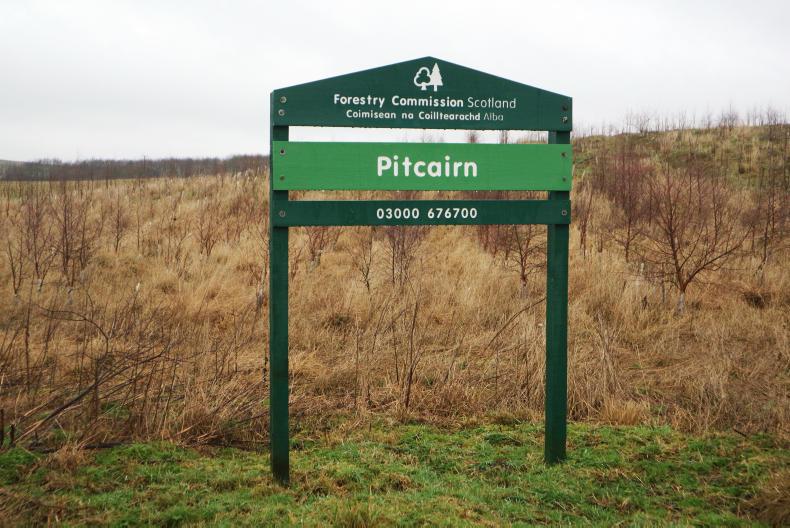




 This is a subscriber-only article
This is a subscriber-only article





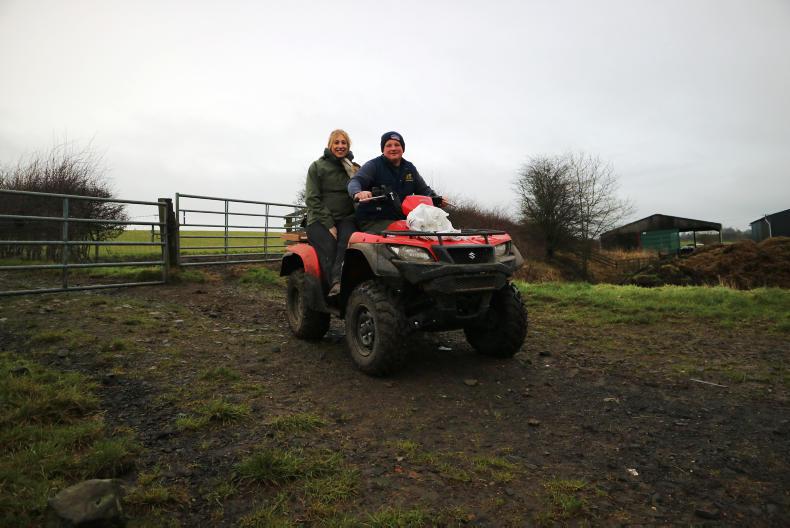

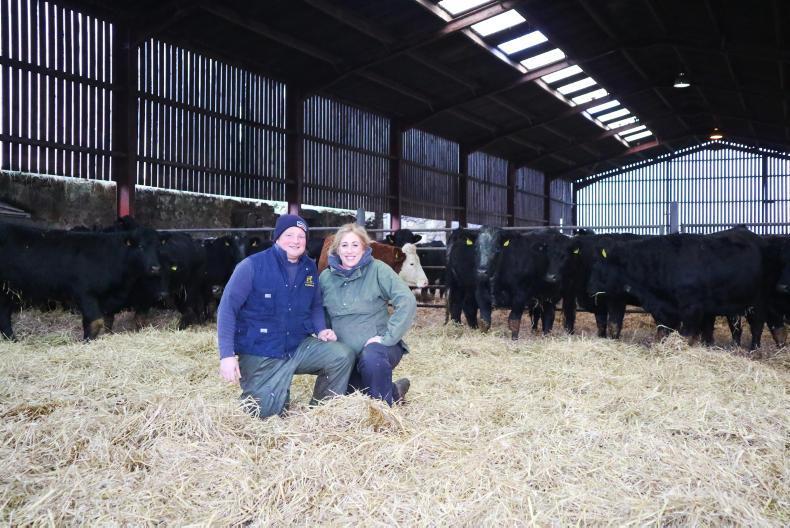
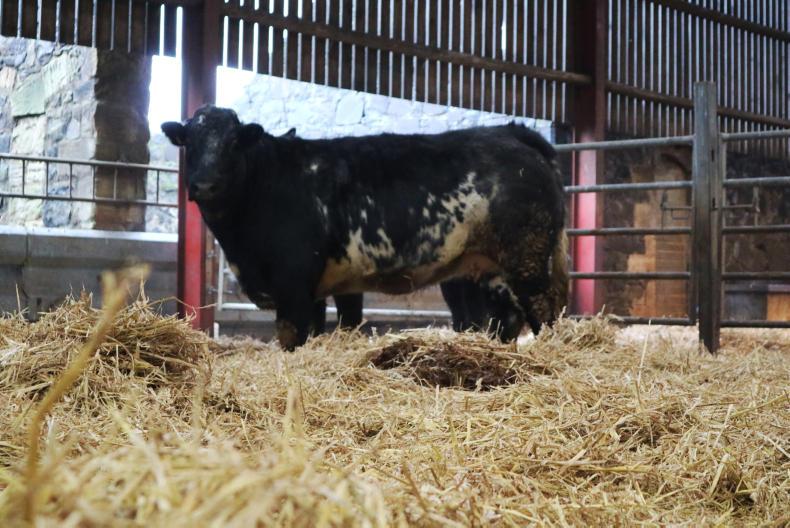

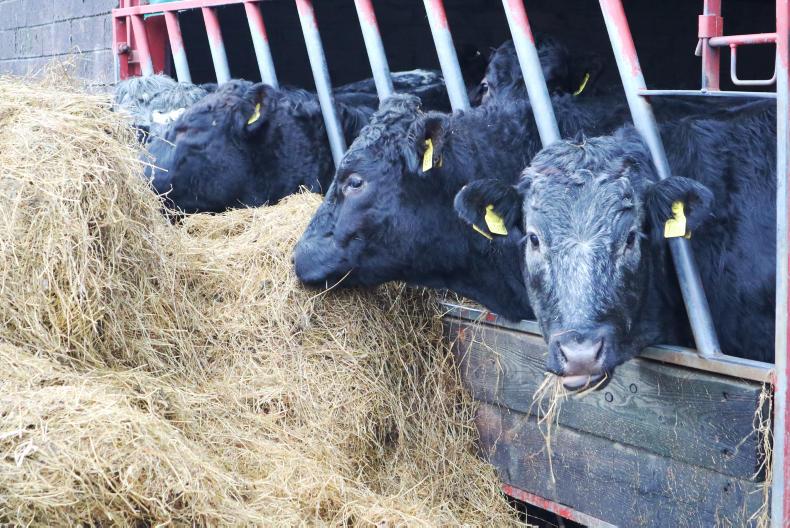





SHARING OPTIONS: